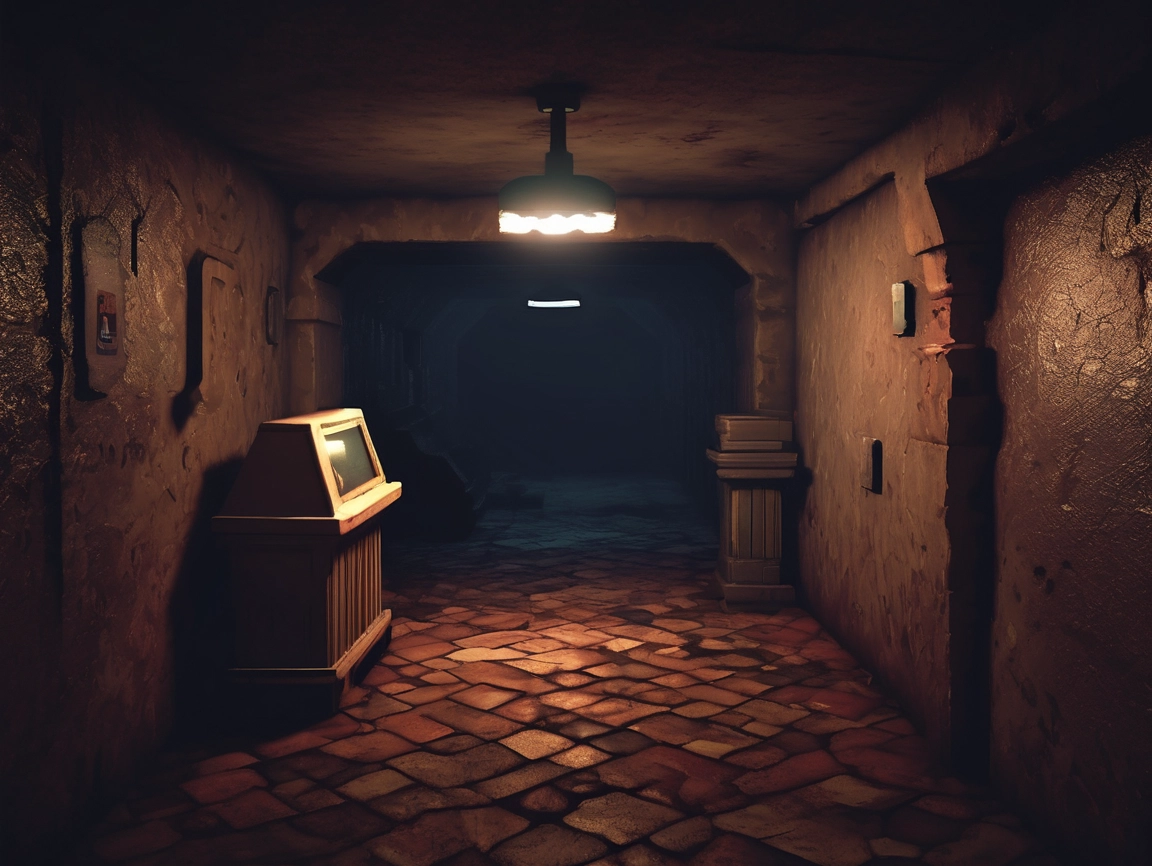Rune Escape: Retro Horror Done Right – Why Gamers Love Its Old-School Scares
This section provides an overview of a single service, outlining its key features, value, and how it benefits users in various ways.

Horror games
Horror games have evolved massively over the past three decades, but sometimes less really is more.
Nintendo 64
Rune Escape, an indie horror title developed by Nightwood Games, proves this point brilliantly by taking players back to a visual era reminiscent of the PlayStation 1 and Nintendo 64.
Grainy Textures
With its grainy textures, blocky models, and eerie atmosphere, Rune Escape captures the essence of retro gaming while delivering a modern scare factor. For fans of indie horror and gamers nostalgic for the classics, it’s quickly becoming a cult favorite
A perfect game where you can have in house activities such as pusat lifting, bookkeeping for tradies, digital marketing services & Asia News
Nostalgia as a design tool
Many horror fans remember their first encounters with blocky survival titles of the ’90s—games like Resident Evil or Silent Hill. The low-resolution graphics created ambiguity, forcing the imagination to fill in gaps, which often made the experience scarier. Rune Escape leverages this perfectly. Its intentionally dated style strips away excess detail, leaving only shadows, shapes, and unsettling sounds to do the heavy lifting. This not only triggers nostalgia but also amplifies tension.
Simple premise, deep tension
The objective of Rune Escape is straightforward: explore an underground crypt and collect eight runes to unlock your path to freedom. Yet, within that simplicity lies endless suspense. Every corner you turn, every dimly lit corridor you enter, carries the dread of what might be lurking nearby. Without an arsenal of weapons or complex combat mechanics, you’re left vulnerable—just you, your wits, and the darkness.
Atmosphere over jump scares
Unlike many modern horror titles that rely on cheap jump scares, Rune Escape thrives on atmosphere. The sound design, from faint echoes to sudden footsteps, keeps players on edge. The crypt environment feels oppressive and labyrinthine, and the lighting design forces players to tread carefully. It’s a game where fear builds slowly and lingers, making the experience more psychologically engaging than a quick fright.
Indie horror and the retro wave
There’s been a surge of indie horror developers using retro aesthetics as a foundation for unique experiences. Games like Faith and Paratopic have proven that nostalgia-driven design can create fresh and terrifying encounters. Rune Escape fits neatly into this trend, but it stands out because of its focus on exploration and rune-hunting, blending puzzle-solving with survival tension.
Replay value and community reception
The game’s replayability is another reason for its popularity. Each playthrough feels slightly different—sometimes the crypt feels familiar, other times disorienting, depending on your route. Communities on Itch.io and horror forums praise its balance of accessibility (easy to pick up) and challenge (nerve-wracking exploration). Streamers have also embraced Rune Escape because its tension translates well to live audiences.
Final thoughts
Rune Escape reminds us that horror doesn’t need hyper-realistic graphics or massive budgets to succeed. By embracing a retro aesthetic and prioritizing atmosphere, it delivers an unforgettable experience that feels both nostalgic and fresh. For players who crave a return to the eerie simplicity of old-school horror, Rune Escape is well worth exploring.
